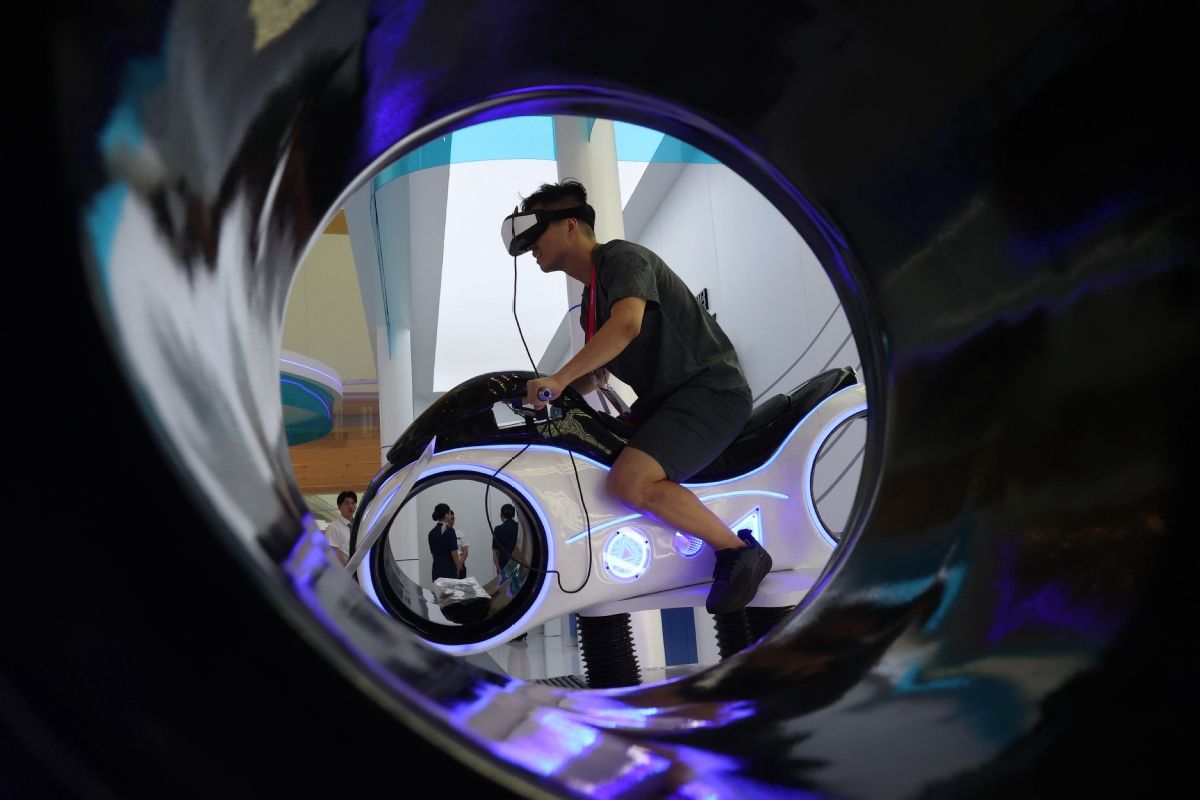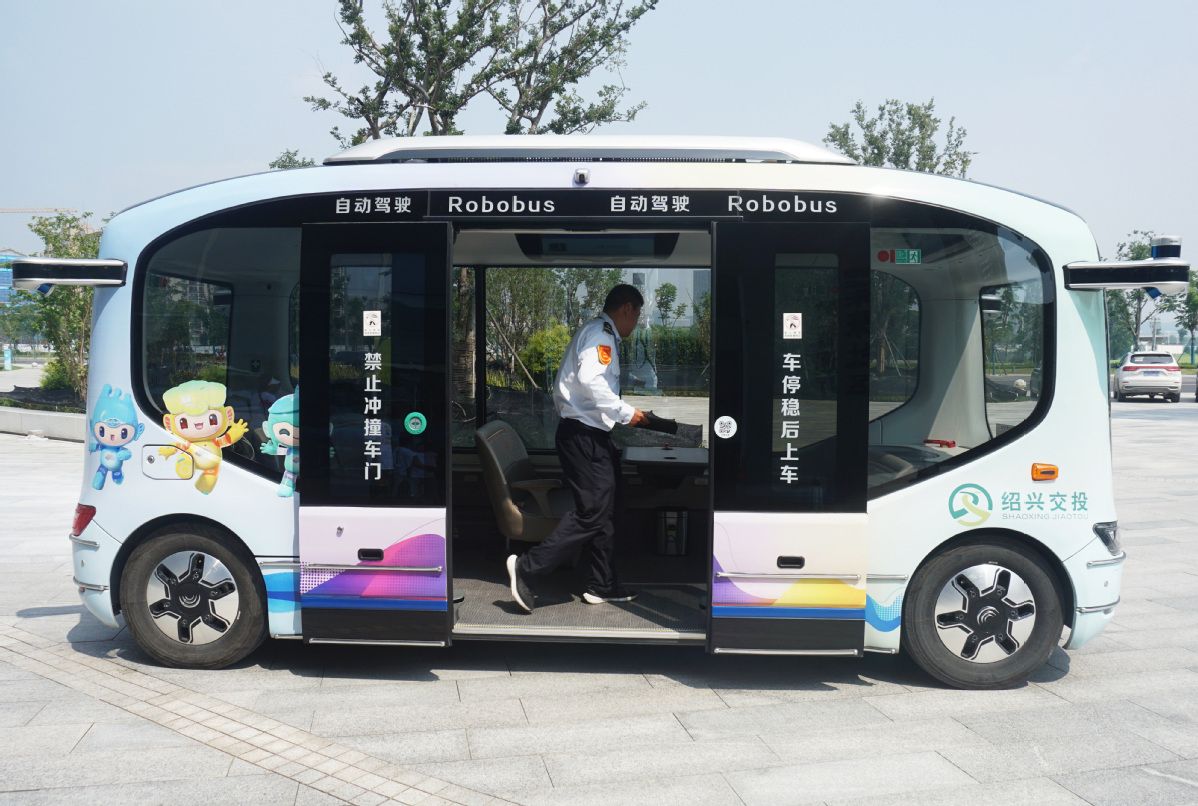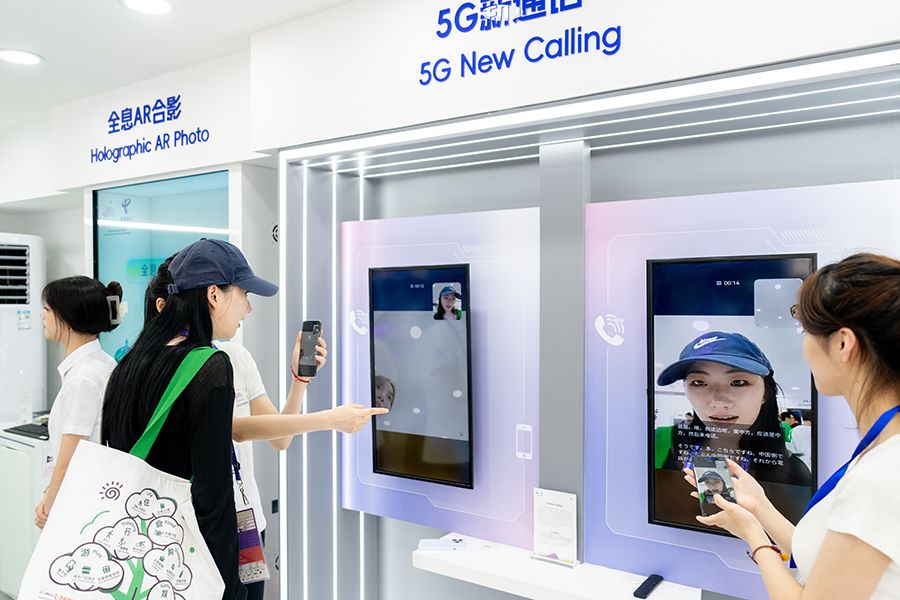source: editor:Zhang Wenni

The host cities of the 19th Asian Games have all tapped into state-of-theart communication technologies such as the 5G-Advanced network and passive IoT (Internetof-Things) infrastructure, to ensure a smart Asian Games. [CHINA DAILY]
Advanced communications technology to ensure super-fast connectivity for fans and athletes
The host cities of the 19th Asian Games have all tapped into state-of-theart communication technologies such as the 5G-Advanced network and passive IoT (Internetof-Things) infrastructure, to ensure a smart Asian Games.
A globally leading communication technology, 5G-Advanced network is up to 10 times faster than standard 5G networks. According to the organizing committee of the Hangzhou Asian Games, this technology has already been deployed in intelligent connected vehicles, smart venue operations, and other Games scenarios.
The first-ever demonstration 5G-A 10-gigabit network has been installed along the route connecting Hangzhou Olympic Sports Centre and the Asian Games Village, it said.
Passive IoT is another communication technology that is also widely applied to achieve smart management during the Asian Games, said the organizing committee.
For example, the Hangzhou Esports Centre will use passive IoT tags in player cockpits to monitor environmental temperatures and humidity in real time.
 Driverless buses operate at competition venues. [CHINA DAILY]
Driverless buses operate at competition venues. [CHINA DAILY]
The technology will also be employed in the Asian Games Village to facilitate the tracking of logistics vehicles and warehouse management. These tags will also assist in asset inventory management and enable the monitoring of valuable assets, such as vehicles and electric bicycles, to prevent theft.
Autonomous driving technology has also been applied to driverless buses for the Asian Games bus route. During the Games, driverless buses will shuttle back and forth between Deqing Sports Centre Gymnasium and Deqing Geographic Information Town Basketball Court, both of which are competition venues in Huzhou.
Yet, above all, a 5G network capable of ensuring tens of thousands of people surfing the internet at the same time without network lag at Hangzhou Olympic Sports Centre Stadium has been one of the top priorities for event organizers.
As the main venue of the Hangzhou Asian Games, the stadium, also known as the Big Lotus, will host the opening and closing ceremonies and track and field competitions.
Covering a total construction area of 229,000 square meters, the Big Lotus, which consists of 28 large petals and 27 small petals, can house up to more than 80,000 audience members. Considering its special structure and huge user density during the Games, the technical team responsible for the venue's network and communication has been working on feasible solutions since 2019, when the gym was first put into use.
 In keeping with the Asiad's high-tech specifications, a 5G-A network has been installed in intelligent connected vehicles, smart venue operations and other Games scenarios. [CHINA DAILY]
In keeping with the Asiad's high-tech specifications, a 5G-A network has been installed in intelligent connected vehicles, smart venue operations and other Games scenarios. [CHINA DAILY]
Li Qianxing, director of venue network and communication support, recalled that, in 2019, the Big Lotus hosted an event with 60,000 people.
"We found that the original network communication equipment could not support the entire stadium," Li said, adding they also expected the demand for network usage to rise sharply due to the prevalence of 5G mobile phone users.
"The need to build an intelligent, elastic network for the stadium was imperative," Li said.
The first step in weaving the net was to shorten the distance to the wireless points. With all the boxes ticked to ensure people's safety, those inside the Big Lotus that were originally mounted 35 to 50 meters high have been lowered to 3 to 5 meters. The gymnasium is divided into 134 small coverage zones covered by a total of 250 equipment points.
In order to meet the communication needs of users, it also adopts a double-frequency, ultra-dense networking technology that not only does the business of carrying the 5G capacity, but also better ensures safety in the event of an emergency, according to Li.
"Since 2022, we have repeatedly conducted stress tests on this network system in a full-scale environment and continuously improved it," Li said.
"Practice has proven that we have withstood those tests."